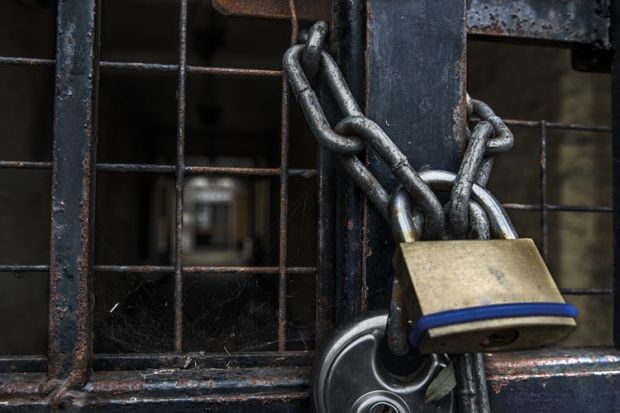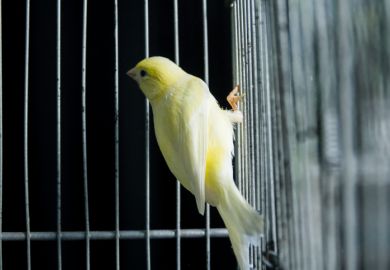Source: Getty
Locked in: London Met’s long-term contract will not expire until August 2016
London Metropolitan University is spending more than a million pounds a year renting and servicing an unused building, and is expected to do so until 2016, Times Higher Education has learned.
The university, which shed more than 200 jobs between 2011-12 and 2012-13, mothballed Ladbroke House in North London in April 2012 but has been paying more than £1.3 million a year in rent and maintenance since.
A Freedom of Information request found that the university has been spending about £200,000 on cleaning, security, other services and utilities, and £1,145,000 in rent per year.
The university has rented the five-storey building since 1991 but its long-term contract will expire only in August 2016.
If it cannot find a way to end the lease earlier than this, the university will have spent close to £6 million on Ladbroke House while empty by the time the contract ends.
Cliff Snaith, secretary of London Met’s University and College Union branch, said he was “surprised” that the university had not received “absolute assurance” that it could find a replacement tenant before moving out of the building.
“We were told that the property would be rented out fairly soon after it was vacated” but this had not happened, he said. “We’re stuck into this contract and there’s no clause that gets us out early.” He added that the decision to move out of Ladbroke House was not “wise” because “it was actually one of the best sites for teaching delivery”.
A spokesman for London Met said that the mothballing of Ladbroke House “yields a six-figure saving every year” and that “negotiations for an early surrender of the lease are continuing”.
“The institution has a legal responsibility to maintain the site until the 25-year lease expires in 2016,” he added. “This is a perfectly normal arrangement, commonplace in commercial rentals.”
The university managed to make a surplus of £2.6 million in 2012-13 despite losing its licence to sponsor international students for several months, which led to a £17.1 million fall in income from tuition fees. It did so by making redundancies, selling off buildings and receiving help from the Higher Education Funding Council for England.
But the accounts also warned of the need for sizeable further savings, and in November 2013 London Met was presented with warnings from accountancy firm PwC that it needed to take action “very soon” to arrest a “pattern of decline” or it would be “extremely vulnerable within two years”.
Register to continue
Why register?
- Registration is free and only takes a moment
- Once registered, you can read 3 articles a month
- Sign up for our newsletter
Subscribe
Or subscribe for unlimited access to:
- Unlimited access to news, views, insights & reviews
- Digital editions
- Digital access to THE’s university and college rankings analysis
Already registered or a current subscriber? Login





